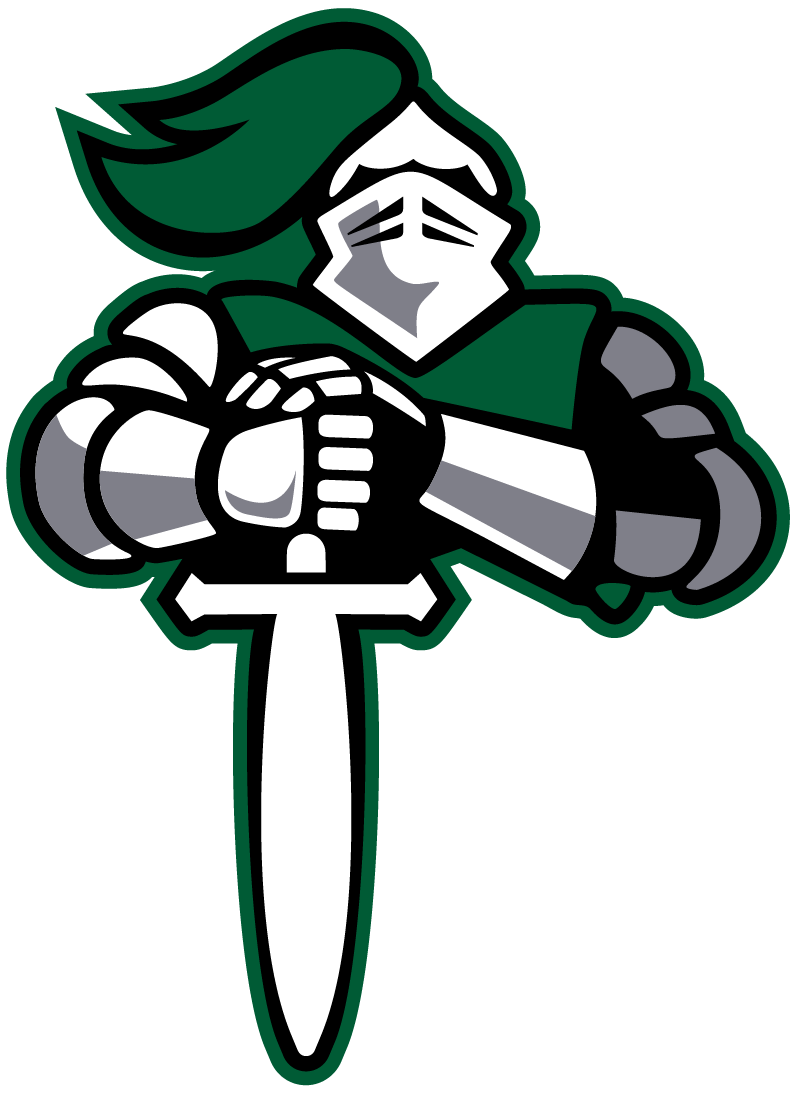Embracing technology in education prepares our students for the future and makes learning more accessible and effective today. As we continue to innovate and adapt, we remain committed to providing our students with the best educational experience.
Digital Whiteboards: The New Classroom Standard
In every classroom at JMAC, digital whiteboards have replaced the dusty chalkboard. Interactive whiteboards allow teachers to deliver dynamic lessons with ease. With the touch of a finger, educators can write, draw, and display multimedia content, making lessons more engaging and interactive.
Chromebooks: Learning at Students’ Fingertips
Every student at our school is provided with a Chromebook, a lightweight laptop that is an essential part of their educational journey. These devices are used daily for researching, writing, and collaborating on group projects. Digital textbooks are also standard, reducing the need for heavy backpacks and making learning materials accessible anytime, anywhere.
Remote Teaching: Expanding Educational Horizons
In some classes, students benefit from the expertise of remote teachers. These educators, who may be located hundreds of miles away, deliver lessons via video conferencing tools. To support this innovative approach, paraprofessionals are present in the classroom to assist students, answer questions, and ensure everything runs smoothly. This blend of remote instruction and in-person support broadens our students’ learning opportunities as they experience diverse teaching styles and perspectives.
Enhancing Learning with Technology
The integration of these technologies has transformed the way we teach and learn at JMAC. Digital whiteboards and Chromebooks enhance student engagement and make learning more interactive and enjoyable. Remote teaching, supported by paraprofessionals, provides access to a broader range of subjects and expert knowledge.
Student Internet Safety and Acceptable Use Policy (AUP)
The Student AUP outlines how students should use the Milwaukee Public Schools network. By following these guidelines, students can use the Internet safely and responsibly. This page provides a summary; the district’s complete AUP can be found online.
Educational Use Only
- The network is for educational purposes such as classroom activities, personal research, career development, and continuing education.
- The network cannot be used for entertainment or buying and selling.
- Students must follow the AUP and all local, state, and federal laws.
Security and Privacy
- Do not share passwords. Log out when finished using the computers.
- Only download music and videos for educational purposes with permission.
- Student files and emails are not private; non-educational files may be removed without notice.
Personal Information
Do not share personally identifiable information (PII) about yourself, other students, or staff. This includes full names, school locations, work locations, home addresses, phone numbers, or anything else that could help locate an individual.
Prohibited Activities
Students are not allowed to:
- Log into another person’s account
- Disrupt the network or any computer system
- Engage in illegal activities
- Use obscene, rude, or disrespectful language
- Bully or harass others
- Post false information
- Plagiarize content from the Internet (including AI-generated content)
Prohibited Content
Students may not access:
- Obscene material (defined by federal laws)
- Adult content of any kind
- Material that depicts violence, nudity, sex, death, or bodily functions offensively
- Material harmful to minors (anyone under 17)
- Content promoting illegal activities, alcohol, tobacco, academic cheating, or hate groups
Content Control
- MPS uses technology to block inappropriate content.
- Students should not try to bypass these controls.
- If a student accidentally accesses blocked content, they should tell school staff immediately.
- Staff can request access to necessary but blocked content.
